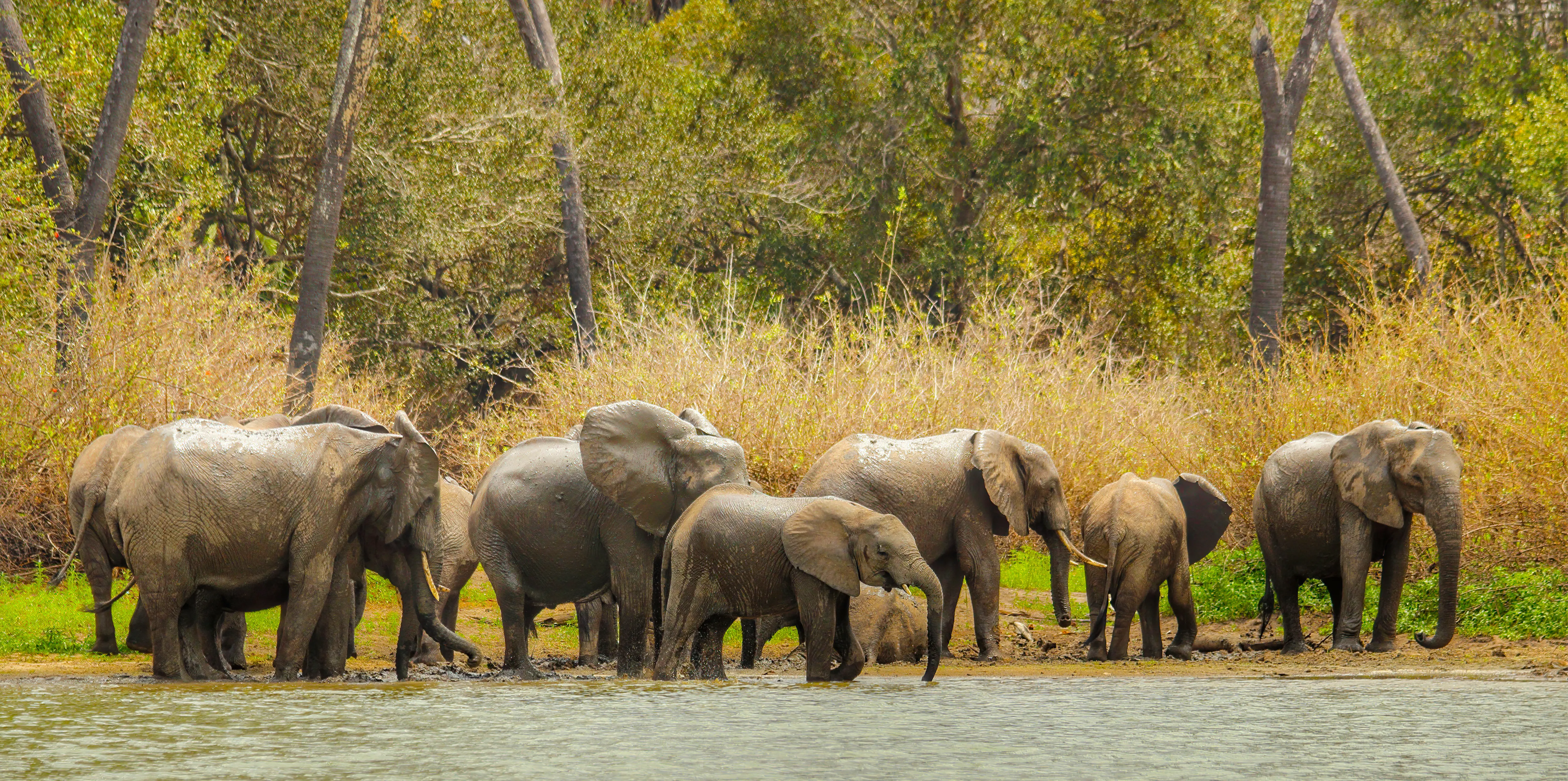

The Nyerere National Park, previously known as Selous Game Reserve, is Africa’s largest stand-alone national park, spanning over 30,000 square kilometres in southern Tanzania. The park attracts far fewer visitors than its northern counterparts. This – accompanied by its pristine and untouched landscapes – has earned Nyerere a reputation as one of Africa’s last remaining wildernesses.
The main wildlife-viewing circuit follows a string of five connected lakes fed by the Rufiji River. The Rufiji is one of Africa's great rivers, with palm-fringed channels and swampy islets. The Rufiji River is teeming with hippo and crocodile, and the birdlife is fantastic. Lion sightings are widespread as the opportunistic creatures tend to laze around the lakes waiting for animals coming to drink. One of the park's attractions is the opportunity to encounter wild dogs.
This map of Nyerere National Park is your guide to Tanzania's wild heart. It features river systems, gaming circuits, and beautiful viewpoints. With every landmark clearly marked, you may follow your route, discover secret nooks, and relish the excitement of exploring one of Africa's last great wildernesses.
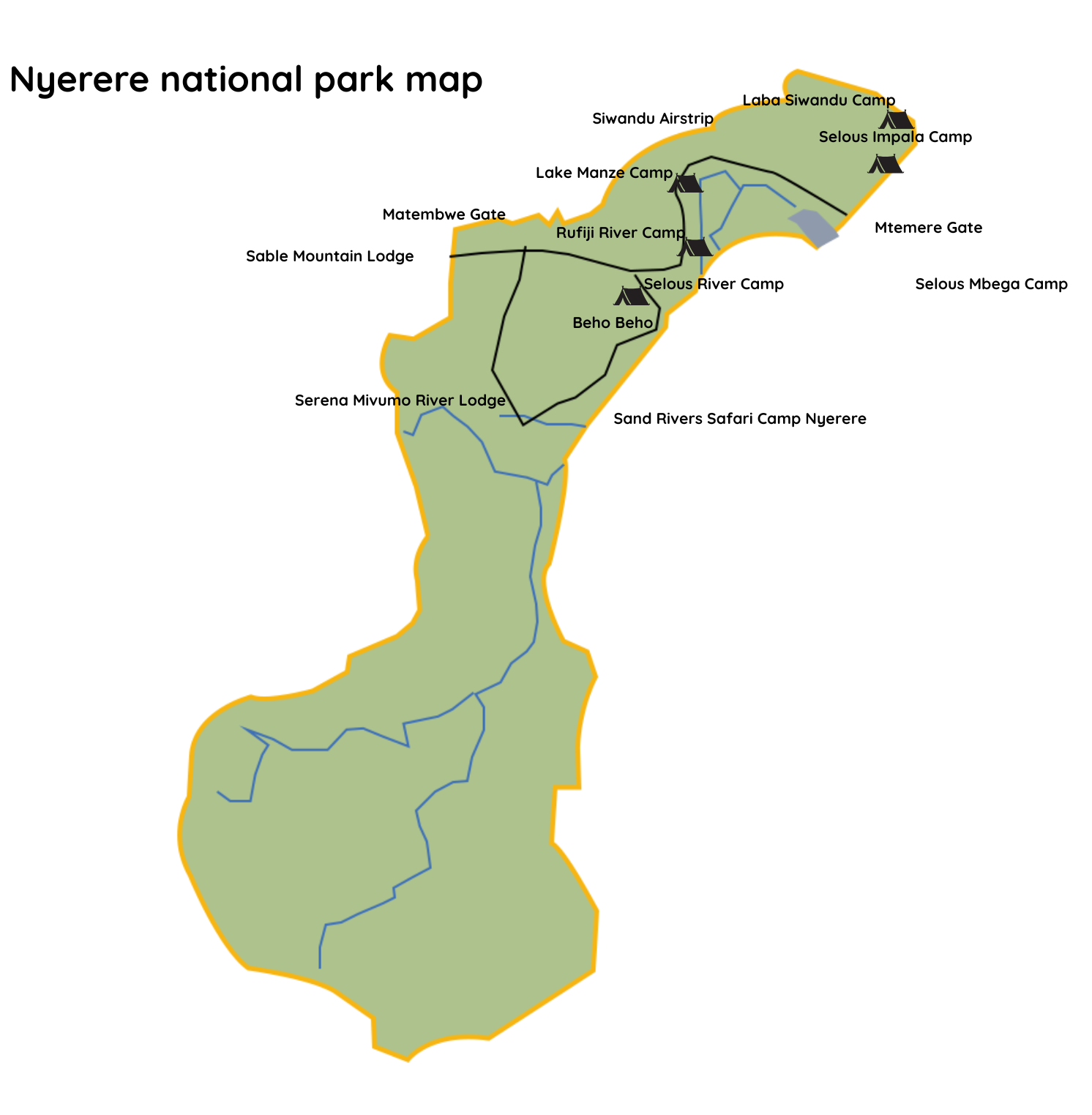
The Best Time to visit Nyerere National Park is during the dry season, which runs from June to October. Highest concentrations of wildlife can be found around this time. It is easier to spot the wild animals amidst the thinning vegetation. A large number of them gather around the Rufiji River and its associated lakes and lagoons. The wet season features lush and green scenery from November to May, but afternoons can be extremely hot. Due to the low season and heavy rains, many lodges are closed from April to May.

June to October
It's easier to see animals since there isn't as much foliage, and they like to concentrate around water sources.

November to May
The backdrop is stunning and green, and from November to April, you may see a lot of birds.
Wildlife viewing is spectacular in Nyerere National Park. Giraffe, buffalo, waterbuck, impala, and plains zebra can be seen in huge numbers around the primary circuit's lakes. Opportunistic, hungry lions wait for animals to drink and may kill throughout the day. Nyerere has got lots of wild dogs. These endangered dogs roam vast home areas, and denning is your best opportunity of spotting them. The park hosts many antelope species. Watch for eland, greater kudu, and common waterbuck. The stunning sable antelope is a showcase animal, but sightings are rare since they prefer deep woodland. It is a great birding spot with over 440 species. Rufiji River sandbanks, lagoons, islands, and channels attract the most visible birds. Boat safaris are an excellent opportunity to observe yellow-billed storks, kingfishers, lapwings, and colorful bee-eaters.
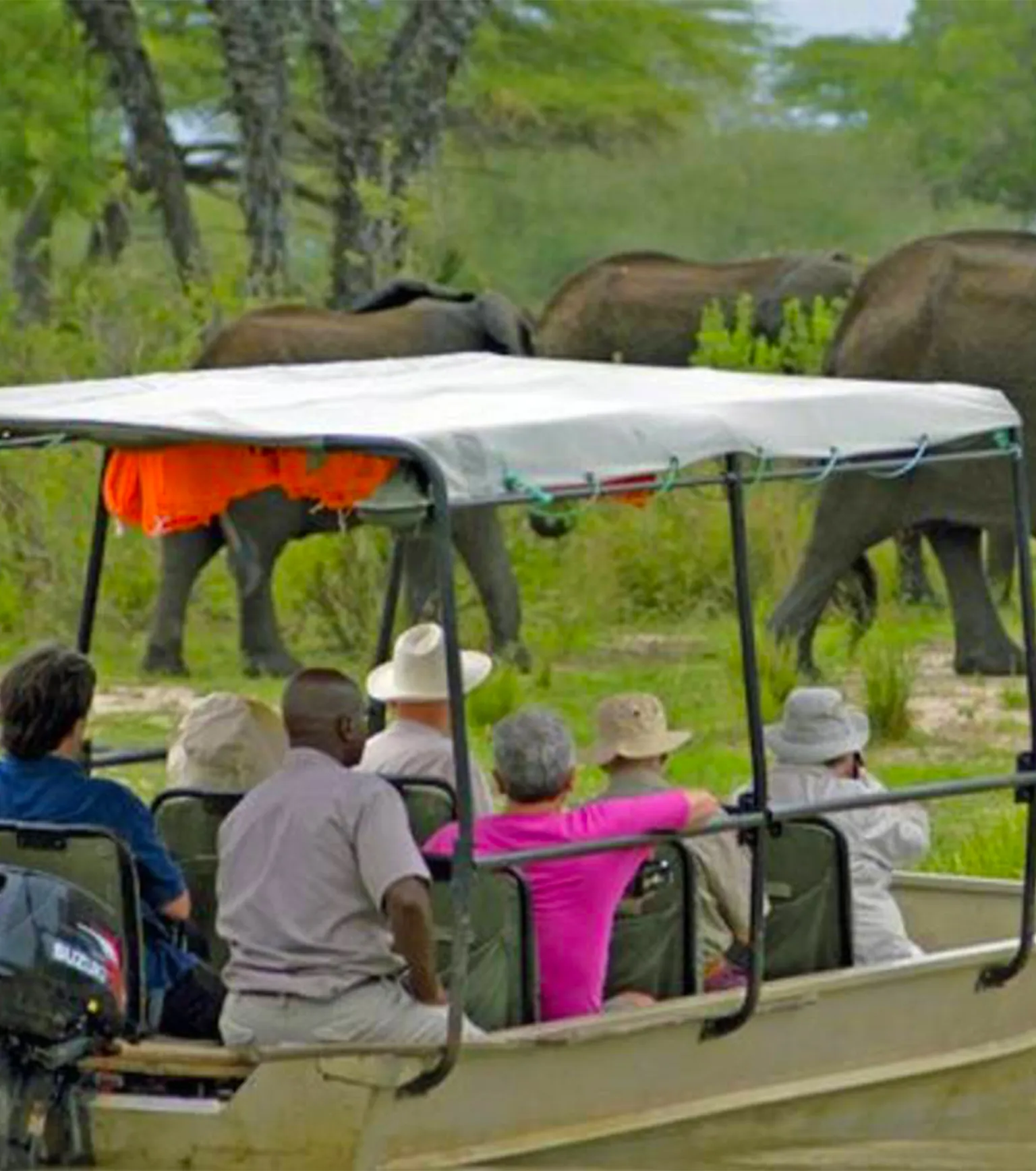
As you float along the Rufiji River, look for hippos, crocodiles, elephants, and a lot of colorful birds.
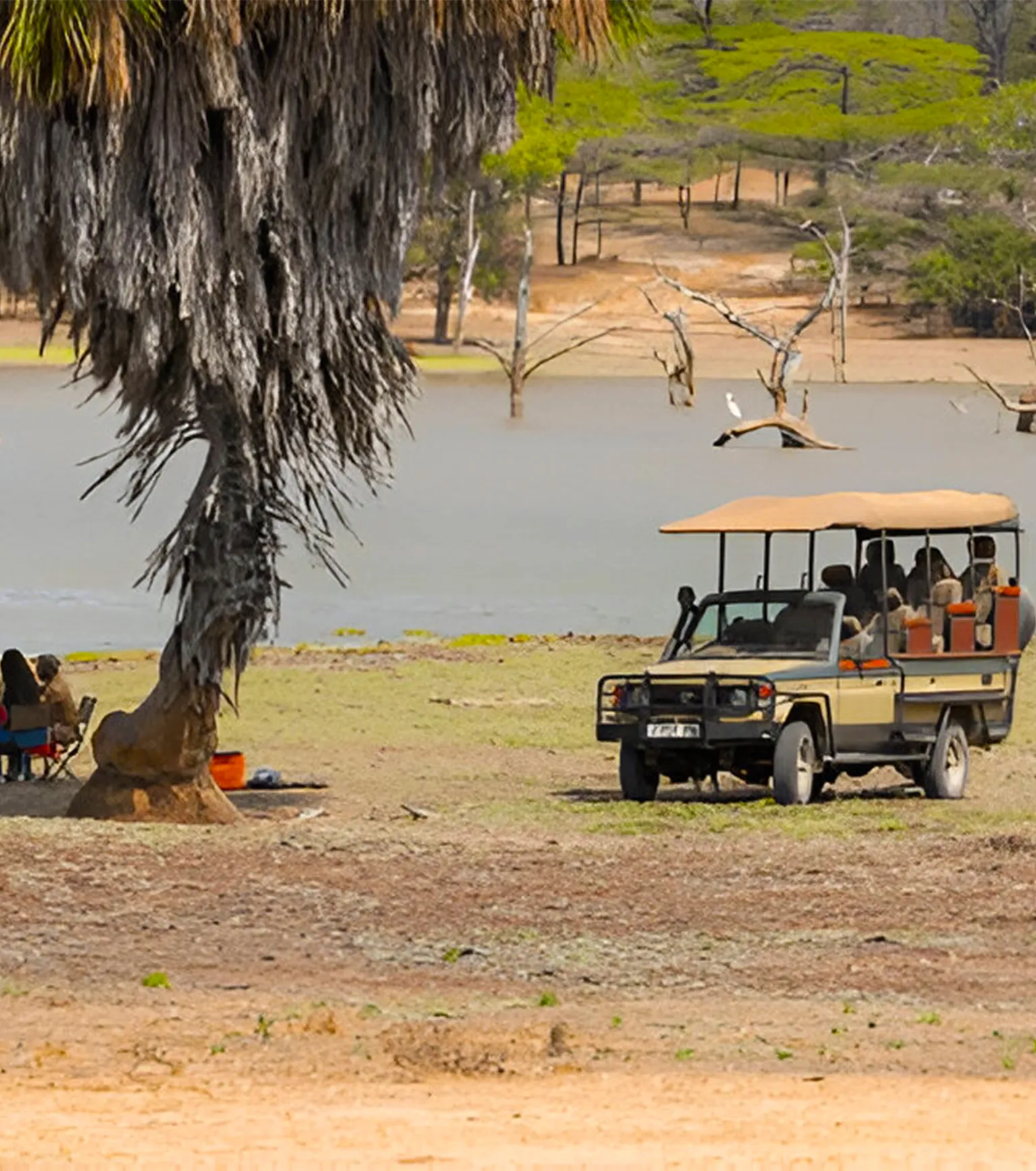
With skilled guides, you may explore huge grasslands and see lions, elephants, giraffes, and rare wild canines.
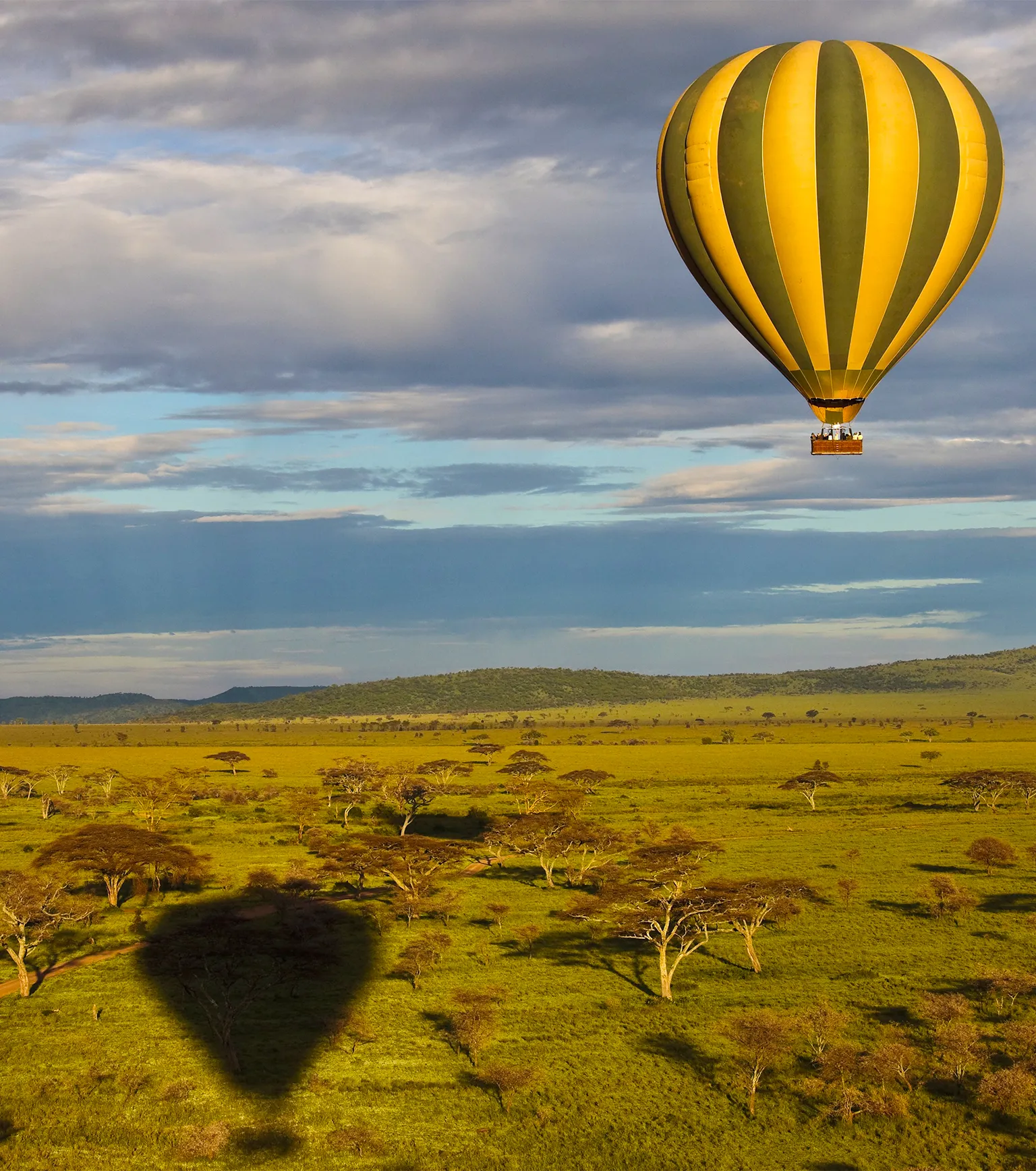
Meet people from the area, learn about their customs, and see what life is like next to Nyerere National Park.
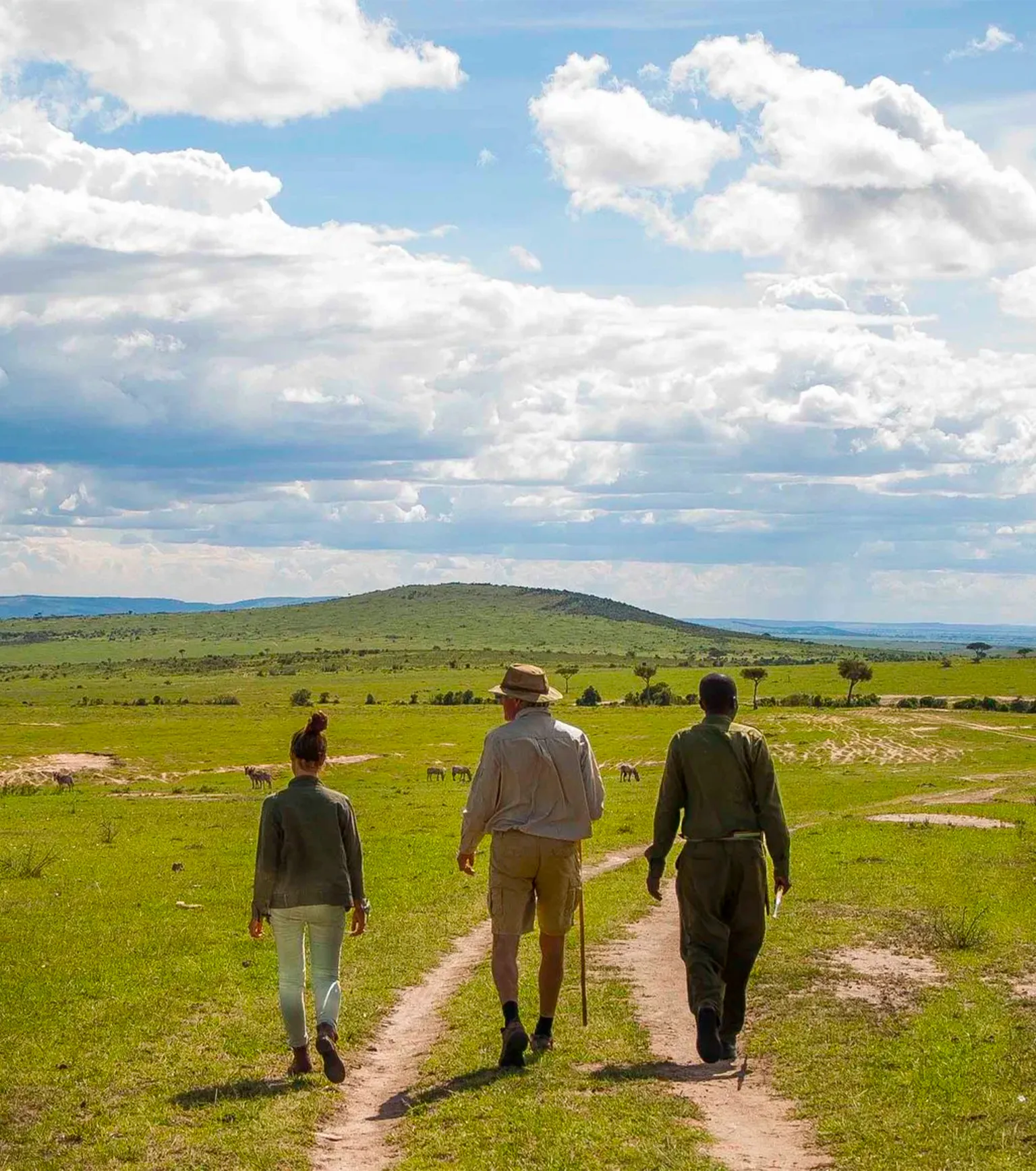
Go into the outdoors with rangers to follow wildlife and learn the secrets of the bush.
Nyerere National Park is full of different things and natural beauty. The wide-open spaces and flowing rivers make each activity one of a kind. You may see lions, elephants, and wild dogs on game drives. On boat safaris on the Rufiji River, you can see hippos, crocodiles, and a lot of birds. When you go on a walking safari or a nature walk, you may slow down and engage with the earth at ground level. Visiting villages is a great way to learn about other cultures and meet people from different cultures.
This section provides comprehensive answers to the most frequently asked questions about Tanzania's national parks. Our FAQs provide all the information you need to know about organizing your safari, including arrival details, activities, and highlights of the animals you'll encounter. This makes your trip easier, more well-informed, and less stressful.
Some of the popular activities you can enjoy on a Nyerere National Park safari include boating safaris, game drives, village visits, walking safaris, nature hikes, and hot air balloon safaris.
A minimum of 3 days and 2 nights is required to experience the magnificence of Nyerere National Park.
The best time to visit Nyerere National Park is from June to October. Wildlife viewing is best during this time as a large number of animals gather around water resources and are easy to spot amidst thinning vegetation.
Our travel guide is made to save you time. It points you to the right parks, climbs, and activities, while sharing tips only locals know. Your dream Tanzania trip starts with good information, and we’ve put it all together for you.
When someone says a trip changed them, we listen. Many guests have written about moments that stayed long after they left, wildlife, culture, and friendships. Their voices give you a glimpse of the Tanzania we’re proud to show.
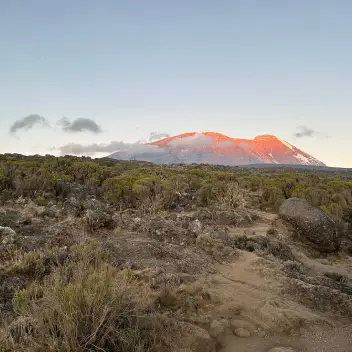

We made an extraordinary safari from Arusha of 4 days 3 nights with bestdaysafaris in August 2025 (Serenghetti, Ngorongoro and Tarangire) Our contact Xenia was exceptional and always available
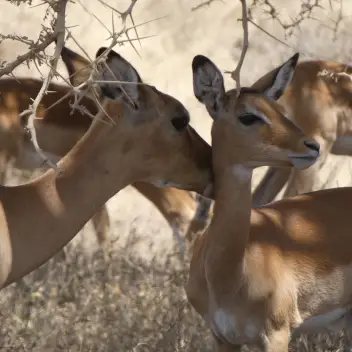
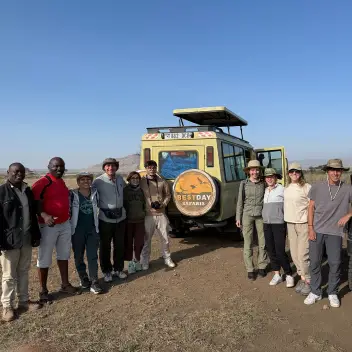

Bestday Safaris designed this fantastic safari to meet our needs. There were eight of us, two families of friends, split between two jeeps with the fantastic guides Tuma and Emanuel.
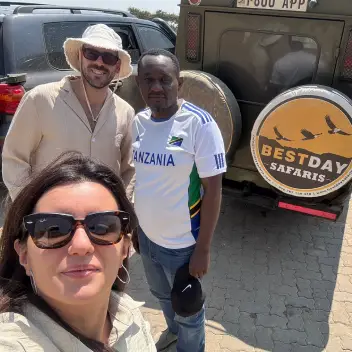

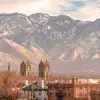
These were days we will never forget. The organization by Bestdays Safari was flawless in every way.Yuna is a truly special person – she fulfilled every single request of mine.
We believe travel should never feel like a template. That’s why we design each safari or climb with you in mind. Whether you dream of quiet mornings by the crater rim or standing on Africa’s highest peak, we make it happen. Every route, lodge, and experience is chosen to fit your idea of perfect travel.